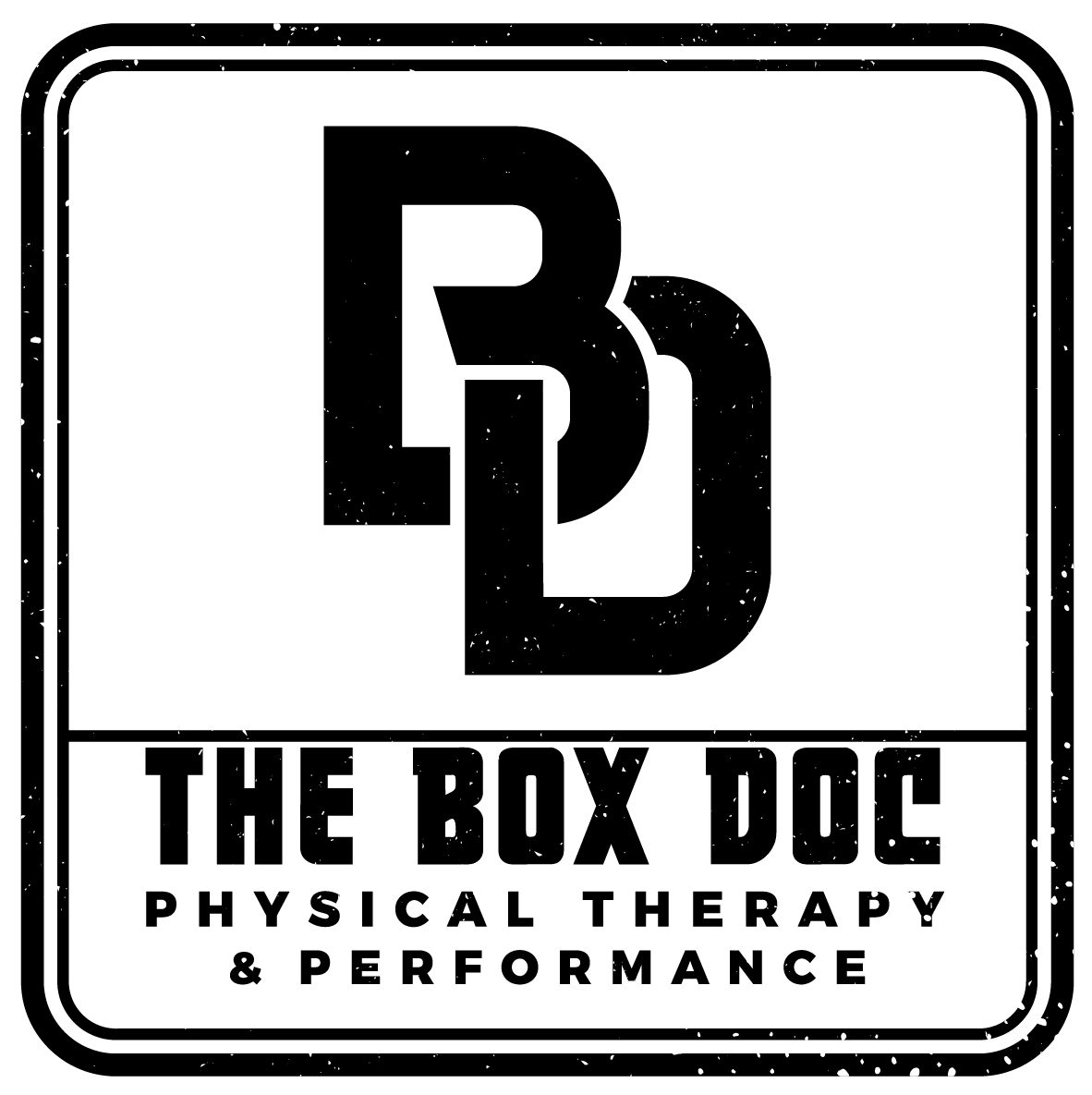Tired of Hip Pain with walking and Running? Here’s some insight why this might be happening:
The Ripple Effect of Hip Pain: How It Impacts Your Gait and Overall Health
At The Box Doc, we understand that pain in one area of the body can have a cascading impact on your overall health and well-being. One common example is how hip pain can alter the way you walk or run, potentially leading to discomfort in other parts of your body. In this blog post, we explore this interconnectedness and offer insights into managing and preventing such issues.
Understanding the Impact of Hip Pain
The hip joint is a central component of your body's movement mechanics. When it's functioning correctly, it allows for smooth and efficient walking, running, and a wide range of other activities. However, when you experience pain in the hip, your body instinctively compensates to minimize discomfort, which can lead to changes in your walking or running gait.
How Hip Pain Affects Your Gait
When you feel pain in your hip, you might unconsciously shift more weight to the opposite side to avoid pressure on the painful hip. This shift can cause uneven weight distribution and lead to imbalances in your stride. Hip pain can cause you to take shorter steps on the affected side, altering your stride length. This imbalance can place additional stress on your lower back, knees, and ankles as they work harder to compensate. To avoid pain, you might change your posture by leaning forward or to the side. These adjustments can strain your lower back and shoulders, leading to discomfort in these areas over time.
The Consequences of Altered Gait
When your gait is altered due to hip pain, it can set off a chain reaction of issues in other parts of your body. For example, the lower back can bear the brunt of compensatory movements, leading to pain. Uneven weight distribution and altered walking patterns can also place excessive stress on your knees, increasing the risk of injury and pain. Changes in gait can also affect your ankles and feet, potentially causing conditions such as plantar fasciitis or Achilles tendonitis.
Managing and Preventing Secondary Pain
To address hip pain and prevent it from causing issues elsewhere in your body, consider the following strategies:
Working with a physical therapist can help identify the root cause of your hip pain and develop a personalized treatment plan to address it. Therapy can include exercises to strengthen the hip and surrounding muscles, improve flexibility, and correct any gait abnormalities. Incorporating exercises that target hip strength and flexibility can help alleviate pain and improve overall function. A thorough gait analysis by a Physical Therapist can identify any abnormalities in your walking or running pattern. This analysis can provide valuable insights into necessary adjustments to your gait and corrective exercises.
At The Box Doc, we are dedicated to helping you achieve optimal health and mobility. By addressing hip pain and its potential impact on your gait, we aim to prevent secondary issues and enhance your overall well-being. If you're experiencing hip pain or any related discomfort, don't hesitate to reach out to us for expert guidance and support.
